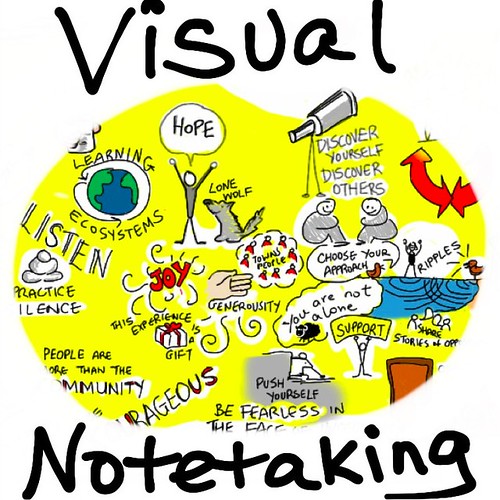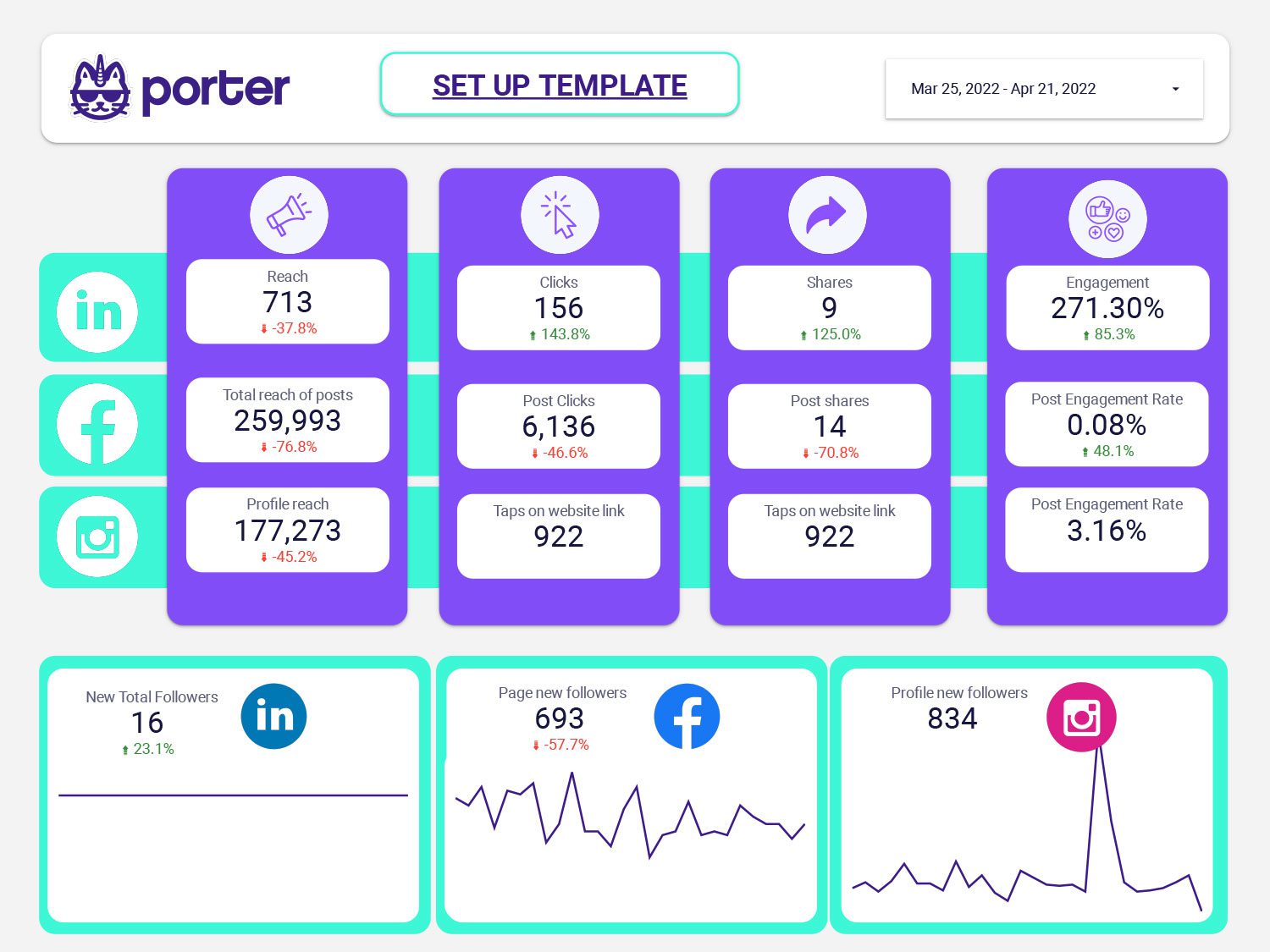
In today’s digital landscape, where attention spans are shorter than ever, the way content is presented can make or break user engagement. Traditional text-heavy formats are increasingly being replaced by visual-first strategies that prioritize imagery to capture attention and drive interaction. This shift isn’t just a trend—it’s a fundamental change in how users consume and interact with content online.
A visual-first content strategy focuses on using high-quality, engaging visuals as the primary medium for communication. By leveraging images, infographics, videos, and other visual elements, brands can convey complex ideas more effectively, create emotional connections, and enhance user experience. In this article, we’ll explore the importance of visual-first content, how it impacts SEO and engagement, and provide actionable steps to implement a successful strategy.
What Is Visual-First Content Strategy and Why It Matters
Visual-first content strategy refers to the approach of prioritizing visual elements over text when creating content. This means that the primary message or information is delivered through images, videos, or other visual media rather than lengthy paragraphs or dense blocks of text.
This strategy is especially relevant in the context of modern search engines and social media platforms, where visual content is often favored. Google’s algorithm now places significant weight on visual content, and platforms like Pinterest, Instagram, and TikTok have made visual discovery a core part of their user experience.
The rise of AI-driven search engines and multimodal content also emphasizes the importance of visual-first strategies. As search algorithms become more sophisticated, they’re better at understanding and ranking visual content. This means that businesses that adopt a visual-first approach can gain a competitive edge in terms of visibility and engagement.
How Visual-First Content Strategy Impacts SEO Performance
Visual-first content has a direct impact on several key SEO metrics, including:
- User Engagement: Visuals tend to hold a user’s attention longer than text, leading to increased dwell time and lower bounce rates.
- Click-Through Rate (CTR): Eye-catching images and videos are more likely to be clicked on, improving CTR and signaling to search engines that your content is valuable.
- Social Sharing: Visual content is more shareable, which can lead to increased traffic and backlinks.
- Mobile Optimization: With the majority of searches now happening on mobile devices, visual content is more accessible and easier to consume on smaller screens.
Moreover, visual-first content aligns with the principles of E-E-A-T (Experience, Expertise, Authoritativeness, Trustworthiness), as it allows for more immersive and informative content that builds credibility with users.
Step-by-Step Implementation Framework
1. Define or Audit the Current Situation
Before implementing a visual-first strategy, it’s essential to understand your current content performance. Conduct an audit of your existing content to identify which pieces are performing well and which could benefit from a visual overhaul. Use tools like Google Analytics, SEMrush, or Ahrefs to track engagement metrics such as page views, time on page, and bounce rate.
Action Steps:
– Identify high-performing content.
– Analyze underperforming content for visual improvements.
– Assess your audience’s preferences for visual vs. text-based content.
2. Apply Tools, Methods, or Tactics
Once you have a clear understanding of your current content, it’s time to start integrating visual elements. Here are some effective tactics:
- Use High-Quality Images: Invest in professional photography or use stock image platforms like Unsplash or Pexels.
- Create Infographics: Simplify complex data into visually appealing graphics.
- Leverage Video Content: Short-form videos on platforms like YouTube or TikTok can significantly boost engagement.
- Design Interactive Elements: Use carousels, quizzes, or interactive maps to engage users.
Tools to Consider:
– Canva for graphic design.
– Adobe Express for quick video editing.
– Fotor for creating infographics.
3. Measure, Analyze, and Optimize
After implementing your visual-first strategy, it’s crucial to measure its effectiveness and make adjustments as needed. Track metrics such as engagement rates, click-through rates, and conversion rates. Use A/B testing to compare different visual elements and determine what resonates best with your audience.
KPIs to Track:
– Engagement rate (likes, shares, comments).
– Click-through rate (CTR) for visual content.
– Conversion rate from visual content to desired actions (e.g., sign-ups, purchases).
Optimization Tips:
– Continuously test different visual styles and formats.
– Monitor user feedback and adjust your strategy accordingly.
– Stay updated on platform-specific trends and algorithm changes.
Real or Hypothetical Case Study
Let’s look at a hypothetical case study of a lifestyle blog that implemented a visual-first strategy:
Background: The blog had a strong following but was experiencing declining engagement due to outdated content and a lack of visual appeal.
Strategy: The blog revamped its content by incorporating high-quality images, infographics, and short-form videos. They also optimized their content for mobile devices and used Pinterest to promote their visual content.
Results: Within six months, the blog saw a 40% increase in traffic, a 30% improvement in engagement rates, and a 25% increase in social shares. The visual-first approach not only improved user experience but also boosted their search engine rankings.
Tools and Techniques for Visual-First Content
Here are some of the most effective tools and techniques for creating and managing visual-first content:
- Canva – A user-friendly graphic design tool that allows you to create professional-looking visuals quickly.
- Adobe Express – Offers a range of templates and tools for video creation and editing.
- Fotor – Ideal for creating infographics, posters, and social media content.
- Unsplash & Pexels – Free stock image platforms that provide high-quality visuals for your content.
- Pinterest – A powerful platform for promoting visual content and driving traffic.
- Google Trends – Helps identify trending topics and visualize search volume over time.
Each of these tools plays a critical role in developing a successful visual-first strategy, allowing you to create, optimize, and distribute content that resonates with your audience.
Future Trends and AI Implications
As AI continues to evolve, the role of visual-first content will only become more significant. Search engines are increasingly relying on AI to understand and rank content, and visual elements are a key component of this process. For example, Google’s Multimodal AI can now analyze both text and images to provide more accurate search results.
Looking ahead, the integration of AI in content creation will enable even more personalized and dynamic visual experiences. Brands that embrace this shift will be better positioned to meet the evolving expectations of their audiences.
Actionable Insight:
Start experimenting with AI-powered tools that can help you generate and optimize visual content. These tools can save time, improve quality, and allow you to scale your visual-first strategy effectively.
Key Takeaways
- Visual-first content strategy prioritizes imagery over text to enhance engagement and user experience.
- SEO performance is directly impacted by the use of visual content, with benefits including increased dwell time, higher CTR, and improved mobile optimization.
- A step-by-step implementation framework includes auditing your current content, applying visual elements, and continuously measuring and optimizing your strategy.
- Real-world examples demonstrate the effectiveness of visual-first approaches in boosting traffic and engagement.
- Tools and techniques such as Canva, Adobe Express, and Pinterest are essential for creating and distributing visual content.
- The future of SEO is closely tied to AI and multimodal content, making a visual-first strategy more important than ever.
By embracing a visual-first content strategy, you can stay ahead of the curve and ensure your content resonates with your audience in an increasingly visual-centric digital world.
Meta Title: Mastering Visual-First Content Strategy: Boost Engagement with Imagery Over Text
Meta Description: Learn how to leverage imagery over text to boost engagement, improve SEO, and create a stronger connection with your audience.
SEO Tags (5): Visual-First Content, Engagement Strategy, Imagery Over Text, SEO Optimization, Visual Marketing
Internal Link Suggestions: [Parameter #170: Multimodal SEO], [Parameter #169: Visual-First Content Strategy], [Parameter #172: Video Transcript Optimization]
External Source Suggestions: https://www.pinterest.com, https://www.canva.com, https://www.adobe.com/express.html








